Garage Door and Port Canaveral Report
Thank you for reading this Garage Door and Port Canaveral Report. Because of the door, only got to fish one day, with Alastair Worden. The day was fairly eventful, though!
Subscribers without photos- go to https://www.spottedtail.com/blog/, please.
The garage door took most of the week. The county inspector came Monday, late in the morning. Tied up the day, and then the door did not pass muster. The installer had to come back out Tuesday, again tying up the day. He said the inspector would most likely be back Wednesday. Wednesday afternoon we got word that the inspector was coming Thursday. Four days gone as far as fishing goes.
Friday – I was at Alastair’s at 0615. We loaded up and went to the Port, and got the boat. Then we tried to catch some pogies.
While all around us folks were catching them (a mile or so north of the Cocoa Beach pier), I could not get even one. A guy in another boat took pity on us and graciously gave us a bucketful. Off we went to Pelican Reef.
There were several charter boats out there. We put out a couple lines and started slow trolling. I decided to put out a third line, and almost as soon as the bait was in the water it got bit. The fish clipped the tail off the pogy without hitting the stinger, a very skillful move.
Moments later, Alastair was hooked up. A beautiful king mackerel!
While he was playing it, we discussed the fate of the fish, and decided to release it, since neither of us wanted it. Alastair doesn’t eat fish, and I didn’t want the mercury.
When he got it boatside, I tailed it, brought it aboard, handed it to Alastair, and took a few (not great) shots. He then launched it overboard, and we got back to fishin’.
I got the next bite. When the fish jumped, I was puzzled. Hooked mackerel never jump! A few minutes later I could see the fish and realized it was a mahi. Groceries for John! Alastair brought it aboard and got a few pictures, and the fish went into the box.
While we were eating our sandwiches, I got what turned out to be the last bite of the day. The fish pretty much kicked my butt. It got below the boat and I couldn’t move it for several minutes, pulling as hard as I could. I realize I’m weaker than I used to be, but still…
When it finally moved I was able to get it high enough in the water that I could see it was another king mack, a really big one. Then it dove again. We played what was for me a painful up and down several times. I’d decided that it wasn’t even leaving the water- I didn’t need a picture of it. When we got it boatside, we couldn’t even see the hooks. I just cut the leader and we watched it swim off.
The fish was at least four feet long, the biggest king I’ve been around. I hope it recovers.
We fished a little while longer, but no more action. As hot as it was, and with storm clouds forming, we called it a day. I walked back into the house around 1615. Dinner was fresh mahi, cooked on the grill, and quite delicious!
That’s my Garage Door and Port Canaveral Report. As always, thanks for reading!
Every day is a blessing. Don’t waste it- Go fishing! Go paddling! Go walking! Stay active!
John Kumiski
www.johnkumiski.com
www.spottedtail.com
www.spottedtail.com/blog
All content in this blog, including writing and photos, © John Kumiski 2025. All rights are reserved.

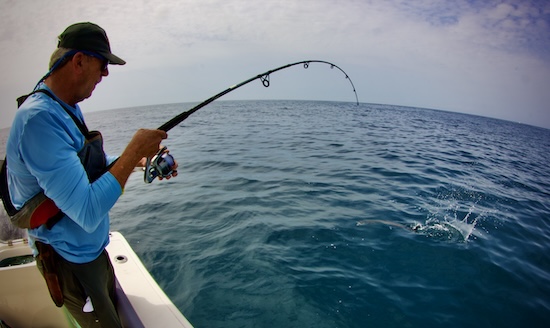
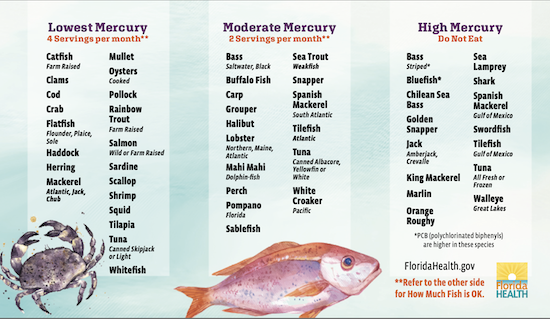
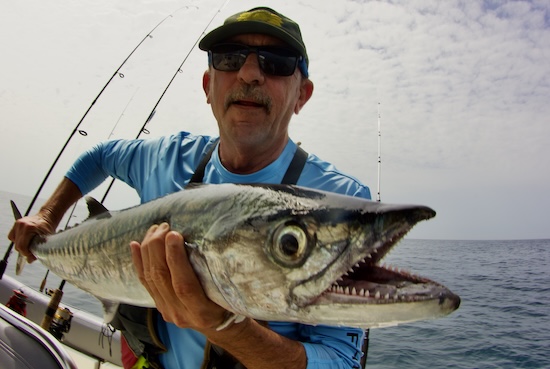
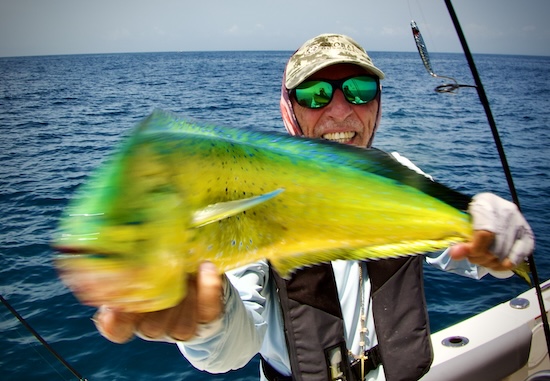
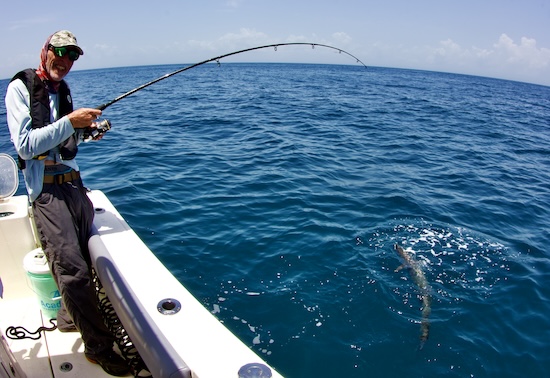
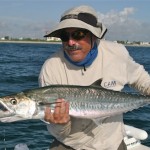
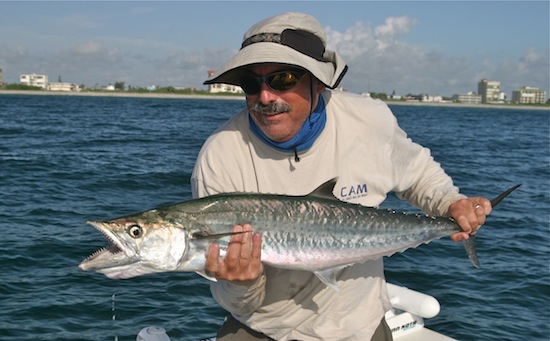
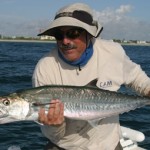
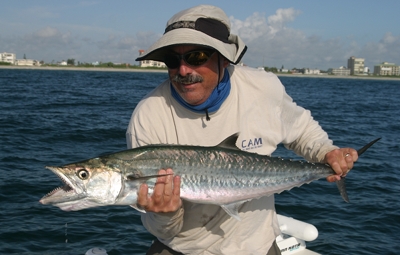
Recent Comments